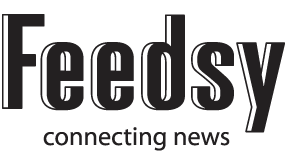Inflation has softened for the second month in a row, building the case for an interest rate pause when the Reserve Bank board meets next week.
Consumer prices lifted 6.8 per cent in the 12 months to February, sinking from 7.4 per cent annual growth in January.
Another decline in inflation in the Australian Bureau of Statistics’ monthly consumer price index was anticipated after a sharper-than-expected fall from the strong December result.
Consensus expectations were for a 7.2 per cent rise in the year to February.
“This marks the second consecutive month of lower annual inflation, also known as ‘disinflation’, from the peak of 8.4 per cent in December 2022,” ABS head of prices statistics Michelle Marquardt said.
Housing made the biggest contribution to the annual inflation reading, but at 9.9 per cent annual growth was down from 10.4 per cent in January.
The other major contributors to annual growth flagged by the ABS – food and non-alcoholic beverages, transport and recreation – also softened over the month but remained elevated.
Rent prices, however, stayed steady at 4.8 per cent annual growth for the second month in a row, with the tight rental market and low vacancy rates keeping pressure on rents.
The still new and relatively volatile monthly indicator was flagged by the Reserve Bank as one of the key pieces of economic data to absorb ahead of the April cash rate decision.
While rises in the cost of living are moderating, inflation is still very high and well above the RBA’s target range of two-to-three per cent.
The central bank gave itself room to pause or hike again depending on incoming data flows.
AMP Capital senior economist Diana Mousina said the monthly inflation report and other key data sources, including employment data, retail trade, and business and consumer surveys, should be enough to convince the RBA to move to the sidelines next week.
“Overall, the data showed that while the Australian economy is holding up, it has lost some momentum since late 2022 which is a sign that interest rate hikes are working,” Ms Mousina said.
She said the banking crisis in the US and Europe – partly driven by higher interest rates – would also influence the board’s decision-making.
“While Australian banks are not directly impacted, the crisis could filter into Australia if confidence around the banks deteriorates which will lead to liquidity problems and deposit outflows.”
The firm’s economists expect a pause at the RBA’s meeting next Tuesday, followed by rates being cut later in the year.
Poppy Johnston
(Australian Associated Press)






